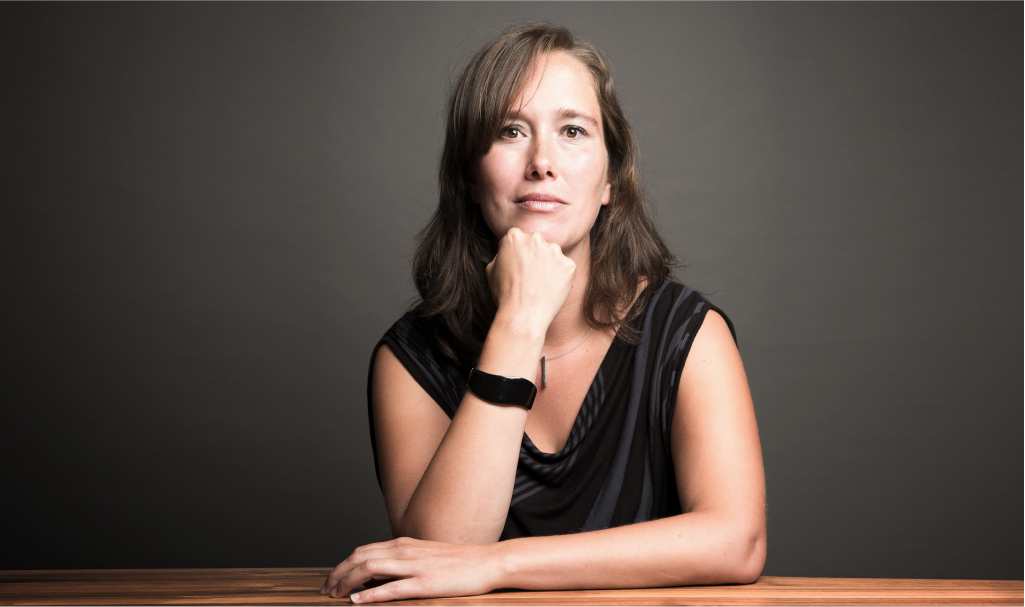
Activities
A week in the life of Geluksjager
Miriam uses her skills in a versatile manner; in one-to-one coaching sessions, on-site group training, in-person consultations and sounding board discussions. Ideally suited to business professionals and public sector workers, such as healthcare and education.
Monday
Miriam welcomes her one-to-one coaching clients in an office that is light and spacious. The art on the wall stimulates the mind. A comfortable space to discuss matters in a calm and private setting. Choose between the chair or the couch, whichever feels appropriate. “The couch is what most people associate with a psychologist”, she laughs. “For me, it is more important to ensure people feel comfortable and sufficiently at ease so that they can discuss everything.”
The matters that arise during one-to-one coaching sessions are diverse: they range from dealing with perfectionism or worrying about a high workload [work-related stress] to insecurity. “Many people question what the reason is behind it all. Together we go in search of some meaning.”
Tuesday
There are also clients who prefer to leave the office behind and who air their thoughts to Miriam while on a walk. “Walking is good for both physical and mental health. Walking allows you to move forward both literally and figuratively. Many clients find that coaching while walking helps them organise their thoughts. For me, nature is also a place where I like to relax and recharge.”
Wednesday
Today, the office is closed: Miriam is on site, running a workshop about happiness at work. “It is precisely this variety of topics and activities that makes my work so dynamic. It means that no week is the same! During a workshop about happiness at work, we often start with an introduction to happiness in the workplace: What it entails, how it works and how you increase it? It goes without saying that the workshop then ties in with participant’s day-to-day practice and learning objectives.
Thursday
This morning Miriam is taking time to write down a new method of working. “I like to put things down on paper for my clients. For example, I have previously written a practical workbook ‘Happiness from a positive perspective’, which included many tips and assignments to help clients work on their happiness. According to feedback from clients, I find that they really appreciate a workbook like this.”
In the afternoon, Miriam sees a client for their final coaching session; in one-to-one coaching, an average course contains six sessions. “Clients are always amazed they can make such concrete changes in a short period of time. At the end of the process, many people are afraid of falling back into old habits or thinking patterns. I then discuss how they can develop a check-list for themselves which contains the first signs that things are beginning to take a turn for the worse. This also includes steps they can take to positively influence their wellbeing. Many clients choose to schedule another session periodically. I always remind people that they go to the dentist twice a year for a check-up, so why not apply the same principle?
Friday
Today, Miriam is holding a training session for a team of general practitioners. “Some teams want to define their values and establish benchmarks, others hope to gain insight into each other’s qualities, or improve communication within the team. Each session is tailored to each separate team. During the initial consultation, I ask what they would like to work towards and what steps they need to take to achieve this. This applies to teams just as much as to individuals. I do not work with a fixed method or theory but look for the best possible way to help someone.” Miriam maximises her coaching and training sessions by encouraging her clients to put into practice what they have learnt. For example, with a specific task about reflection. “This allows you to practise what you want to change and discover what works and what doesn’t. Step by step you expand your repertoire with tools that work for you. Because ultimately, that’s the goal: for someone to have enough tools to be able to do the same again on their own.”
